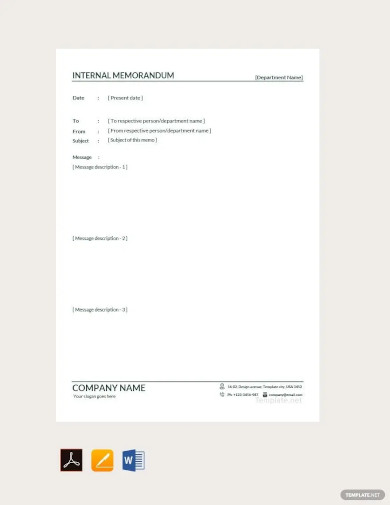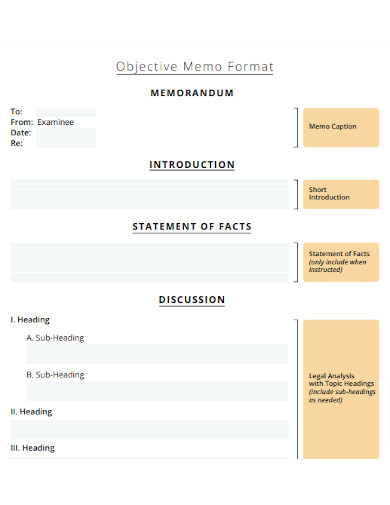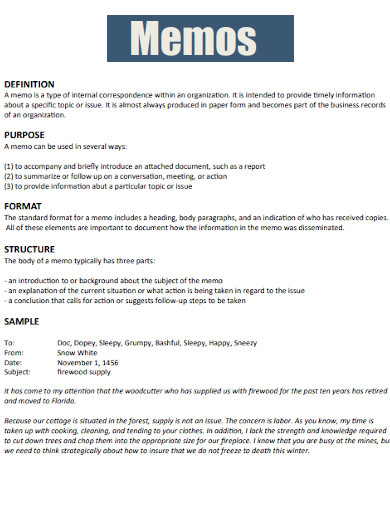Free Law School Memo Format Template
-

Free Law School Memo Format Template
download now -

Government Memo Format Template
download now -

Email Memo Format Template
download now -

Internal Memo Format Template
download now -

Simple Memo Format
download now -

Business Memo Format
download now -

Blank Memo Format
download now -

Engineering Memo Format
download now -

Sample Memo Format
download now -

Objective Memo Format
download now -

Basic Memo Format
download now -

HR Memo Format
download now -

Formal Memo Format
download now -

Printable Memo Format
download now -

Generic Memo Format
download now -

New Proper Memo Format
download now -

Editable Memo Format
download now -

Sample Multi-Memo Format
download now -

Short Memo Format
download now -

Memo Formats Report Guidelines
download now -

Lydia’s Memo Format
download now -

Meeting Memo Format
download now -

Informational Memo Format
download now -

Business Letter Memo Format
download now -

Memo Format Outline
download now -

Memo Format Guidelines
download now -

Memo Format Layout
download now -

Legal Memo Format
download now
What Is a Memo?
A memo is a written communication used within a corporation or organization to alert a particular group of recipients of significant information, announcements, orders, or decisions. It is a crucial tool for internal communication because it makes it possible to quickly and succinctly communicate information to coworkers, members of sales team, or departments. Memos are often retained as official records because of their formal and professional nature and can be consulted in the future for documentation needs. They provide an effective and organized method of disseminating important information, ensuring that all pertinent stakeholders are informed and supported by the organization’s goals.
Benefits of Sample Memo
Using sample memos is a practical and effective technique to produce crystal-clear, expert, and compelling communication. Samples can be a valuable tool to hone your memo-writing abilities and enhance the delivery of your message, whether you are new to writing memos or want to guarantee consistency in your organization’s communications. There are several advantages to using memos in an organization for efficient collaboration, communication, and documentation. Some of the main benefits of using memos are as follows:
Tips to Communicate Policy Changes to Employees
Once you’ve determined that a change is necessary, you must think about how you will inform employees of policy and procedure modifications. You must take these measures to ensure everyone is aware of and comprehends the changes and the consequences of failing to adhere to the new protocols.
1. Be Absolutely Clear With These Modifications
Communication of workplace policies and procedures should be plain, concise, and straightforward. Explain in detail why the change is necessary, what is changing, what is staying the same, and what actions all employees must take to ensure compliance with the new requirements. Also, specify the repercussions for the organization if corporate policies are not followed.
2. Consider Interpersonal Interaction
If feasible, and if the business policy and procedure change justifies it, hold a meeting or webinar with senior management present to explain the need for the policy change and any potential repercussions. Face-to-face communications on significant issues often feel more genuine and aid in establishing employees’ trust. Even if changes are communicated via email or other official channels, it is still advisable for managers to discuss them in team meeting minutes or even individually with their employees to ensure compliance.
3. Ensure That New Work Policies Are Simple to Locate
The simpler you make it for employees to locate your revised work policies, the simpler it will be for them to implement and comply with them. The worst thing you can do is position new employee rules in an inaccessible location. This means that if the information resides on your intranet, they must search through numerous pages to locate it if they even know to search for it in the first place.
4. Utilize Employees as Advocates
Some policy and procedure changes significantly impact the entire organization or specific departments. Utilizing the leadership resources within your team and appointing enthusiastic employees with a solid understanding of the changes to be “champions” among their peers who can advocate for the importance of the changes and assist others in implementing them is an effective method for communicating a new policy to employees. It is more likely that employees will effectively “buy in” to a change if it is championed by a colleague they respect and trust.
How to Write a Memo
An organization may use various communication methods to convey information to their teams, and effective messages ensure that all employees can prioritize their responsibilities. Effective memo writing can get essential details influencing team dynamics, project portfolio, workloads, and employee expectations. Understanding how to compose a memo and the best practices for creating one can ensure that information is communicated clearly and efficiently, positively affecting a team’s productivity. The following is a step-by-step guide to writing a memo in a business setting.
1. Provide a Title
The initial stage is to provide a heading with all the essential information. This includes the memo’s sender, date, subject, and recipients. This ensures that employees can quickly determine whether or not the memo applies to them before perusing it. Even though a memo is a type of letter, it is not strictly necessary to adhere to formal formatting rules and include a greeting. Despite this, you may request a greeting salute to add a personal touch to your memo.
2. Create an Introductory Statement
The opening statement addresses prospective questions about the subject, your reason for sending the memo, and an overview of its action items. It enables readers to rapidly comprehend the overarching message and determine if the memo applies to them and their workload. You may commence your opening statement with “I am writing to inform you” or “This memo is about [state reason].” This brief overview prepares the recipient for the remainder of the content, ensuring they comprehend the subject’s relevance before you elaborate. This is essential for effectively communicating information.
3. Offer Context
After your introduction statement, you can provide additional information about the topic. Please provide further details about the memo’s purpose, main objectives, and action items. This section could include summaries of the organization’s position, evidence to contextualize your conclusions, a summary of progress, and any pertinent dates. For instance, if you’re sending a project memo regarding delays in delivering the collaborator’s requirements, you could summarize the impediment, explain how you discovered the issue, and suggest what the team should do to resolve it.
4. Include a Call to Action and Assignments
Typically, the second paragraph contains a call to action and a concluding statement. A call to action concisely provides subsequent instructions or recommendations. For instance, you could provide brief, bullet-pointed instructions and encourage employees to follow them. You could begin this section by stating, “All employees are expected to complete [detailed deliverables] by [due dates or organizational expectations] in response to this memo.”
5. Write a conclusion
The remainder of the second paragraph contains an appropriate concluding statement for the memo. Reiterate the significance of following the instructions, summarize the message, and thank the reader for their time. If necessary, specify when and how you want them to respond to your memo. If you anticipate content-related follow-up questions, please provide contact information so that employees know with whom to communicate. You can expect some of these questions, so you can answer potential questions in the conclusions, such as addressing changing employee expectations if there will be new project goals or explaining how the memo’s announcements may impact business or team objectives.
6. Proofread the Memo
As memos typically contain information that motivates swift action, proofread your message before sending it. This ensures that you communicate critical information, such as tasks list or deadlines, include correct contact information, and emphasize action points adequately. You could also identify superfluous words or phrases, reinforcing your main points and making your message more straightforward. Consider requesting feedback from a reliable colleague before sending your memo to ensure other professionals comprehend its central message.
FAQs
What is the proper memo format?
A memo is typically one or two pages long, single-spaced, and left-aligned. Skip a line between sentences instead of using indentation to indicate new paragraphs. Business documents must be concise and simple to comprehend. Consequently, it is advantageous to use headings and lists to aid the reader in locating specific information.
What is the summary of a memo?
The summary concisely summarizes the entire memo, including the discussion/background, conclusions, and recommendation letters. Its placement as the second section allows the reader to cease reading if they do not need to know the details. The discussion/background describes the methodology used to conclude.
Where is a memo usually used?
In business, memos are typically used for internal communication, whereas letters are usually for external correspondence. Briefing file notes, reports, correspondence, and binders are additional formats for memoranda. They may qualify as grey literature. The format of memos may vary by office or institution.
There are several situations in which submitting a memo is preferable to writing a formal letter or arranging a meeting. Memos can expedite and streamline the communication of vital information on a much larger scale, allowing all employees to begin fulfilling their obligations promptly. With the above information, are you prepared to write your memo? Check the procedures before creating a new one!
